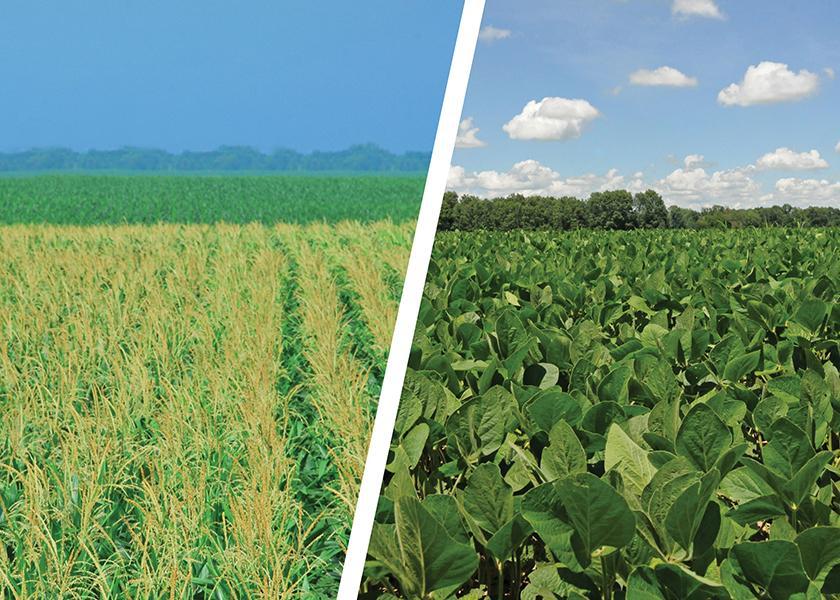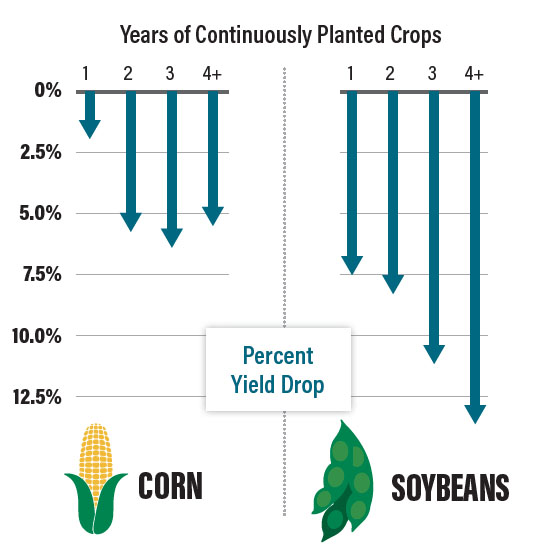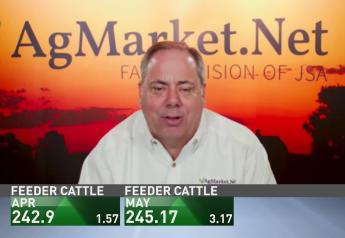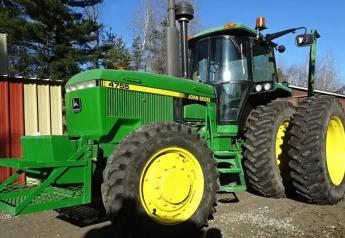Costs And Benefits Of Back-To-Back Corn or Soybeans

High input costs, excessive disease pressure or commodity prices — any of these factors could be pushing you to plant back-to-back corn or back-to-back soybeans.
If you are debating this practice, know how that decision will have a domino effect across your management decisions for this year and several years in the future, says Travis Burnett, field agronomist at Beck’s. First, assess a field’s characteristics and challenges. Those include:
- Drainage: Fields that are well drained can be better suited for mono-cropping, as they reduce the chance for dis-eases.
- Soil Type: Clay versus sandy types hold different disease risks and nutrient issues.
- Diseases: Many diseases can overwinter and attack the next crop.
Of all the factors, Burnett says diseases top his list of concerns in continuous crops.
“In a mono-cropping system, you lose the diversity in the soil, whether that’s from a biological standpoint, pathogen standpoint or insect standpoint,” he says. “You are selecting for a unique subset of those things.”
In soybeans, diseases such as sudden death syndrome, soybean cyst nematode and phytophthora are key concerns. If you have faced them in the past, Burnett suggests selecting varieties with strains of resistance and also applying seed treatments.
“Seed treatments help, but there’s only so much real estate there,” he says. “In situations where you have higher risks, the addition of in-furrow applications is really lucrative.”
Corn rootworm is a big challenge in corn-on-corn production. Again, a hybrid with resistance to the pest will help. You must also ensure your corn has the nutrients it needs.
“We suggest going 30 units higher for your nitrogen rate on corn-on-corn versus a rotated crop,” Burnett says.

When selecting your hybrids, he suggests ones with higher plant health and stay-green characteristics.
In-furrow insecticide applications and a late-season fungicide can also help stack the deck in your favor in corn-on-corn, Burnett says.
Sara Schafer uses her Missouri farm roots to cover crop management, business topics, farmland and more.







